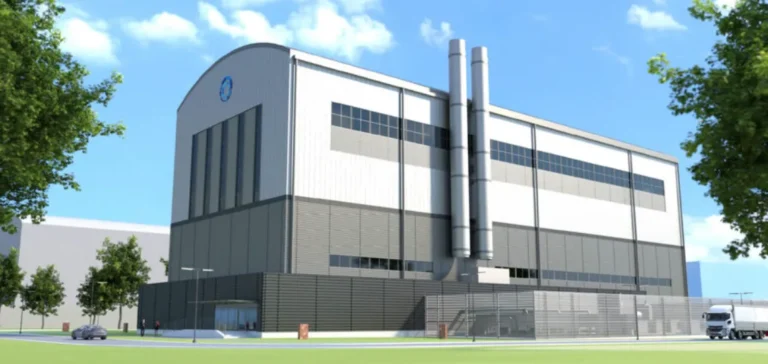The Tennessee Valley Authority (TVA), Kairos Power, and Google have formalized a strategic partnership to connect a new 50-megawatt (MW) nuclear reactor to the U.S. electrical grid. The project, named Hermes 2, will be deployed in Oak Ridge, Tennessee, under a Power Purchase Agreement (PPA) signed between TVA and Kairos Power. The reactor is expected to provide consistent power to Google’s data centers located in Tennessee and Alabama.
This is the first PPA in the United States for electricity generated by a fourth-generation (GEN IV) nuclear reactor. The contract is part of a broader commitment between Google and Kairos Power to bring 500 MW of advanced nuclear capacity online by 2035. In response to the anticipated rise in energy demand from digital operations, Kairos Power has announced an increase in Hermes 2’s initial capacity from 28 MW to 50 MW, with operations scheduled to begin in 2030.
A First in Advanced Nuclear Energy
TVA thus becomes the first public energy provider in the United States to contract for electricity from a GEN IV reactor. The energy produced will be delivered to Google through TVA’s grid, allowing the company to power its facilities with a “firm” source—meaning one that is available 24/7. The goal is to support regional digital growth without relying on intermittent sources.
Hermes 2 also marks the first phase in the commercial deployment of the KP-FHR (fluoride salt-cooled high-temperature reactor) technology developed by Kairos Power. The initiative aims to demonstrate the industrial and economic viability of molten salt-cooled reactors, a departure from traditional light-water models.
An Industrially-Focused Economic Model
The model proposed by Kairos Power primarily targets large industrial electricity users. By securing a supply agreement at the design stage, the company seeks to limit development costs for end users while fostering a dynamic that brings down prices for future installations. This approach aims to build a supply chain and delivery model tailored to the rising needs of the tech sector.
Lessons learned from the construction and operation of the Hermes 2 reactor are also expected to enhance the economic efficiency of the sector. According to the partners, this feedback will help optimize manufacturing costs, accelerate regulatory processes, and pave the way for wider-scale deployment.
Strengthening the Regional Energy Ecosystem
The project includes expanding Kairos Power’s operations in Oak Ridge, a site historically associated with nuclear research. TVA, for its part, has stated its intent to strengthen its energy portfolio with firm generation technologies in line with growing industrial and digital demand across its service area.
This public-private partnership reflects a shared intent to modernize regional energy supply while maintaining competitive pricing structures. The stakeholders also aim to position the southeastern United States as a pilot zone for the commercial deployment of advanced nuclear generation technologies.






















